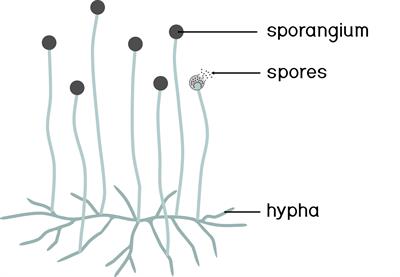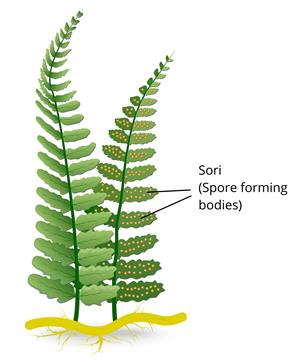PDF chapter test TRY NOW
Budding
In the process, a daughter individual is formed from a small bulb-like projection on the parent body called a bud. The bud detaches from the parent body and forms a new daughter cell. Yeast which is single-celled and fungi-like reproduce by budding. Sometimes, another bud arises from the bud to form a chain of buds. If this process continues, yeast grow and multiply in every few hours if they are provided with sufficient nutrients and favourable conditions. Hydra also reproduces through budding.

Fragmentation
Algae (Spirogyra) present in waterbodies reproduce by fragmentation. The body of the parent organism breaks into fragments (two or more), and each fragment grows up to become a new individual. The process, when continued (water and nutrient are available) covers a vast area in a small time period. Fragmentation occurs when the parent is matured enough.
Fragmentation in spirogyra:

Spore formation
Fungus like bread mould reproduces asexually by spore formation. Spores (present in the air) are small spherical bodies that has a thick protective coat which protects it from unfavourable conditions. When conditions are favourable, the spores germinate to develop into new plants.
Spores can be carried over a long distance by air or wind.
Reproduction through spore formation in fungus:

Some plants like mosses and ferns also reproduce by spore formation in the underside of their leaves.

